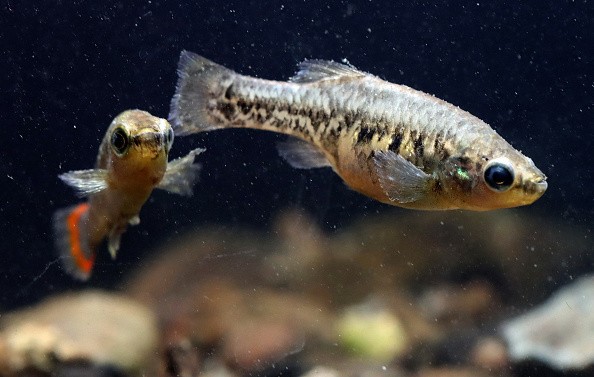Cavefish exhibit apparent adaptations, such as missing eyes and muted colors that demonstrate how they evolved over centuries in a dark, subterranean home.
These stunning fish, according to researchers, have equally amazing physiology that permits them to exist in a low-oxygen habitat that would kill other species.
Adaptations of cavefish to low-oxygen waters

Mexican cavefish produce more hemoglobin via red blood cells that are substantially larger than those seen in surface-dwelling fish, according to biologists from the University of California's College of Arts and Sciences via the Science Times.
Hemoglobin aids the body in transporting oxygen and carbon dioxide between cells, organs, and the gills.
This study reveals how much more there is to learn about species that have piqued scientists' curiosity for almost two centuries.
Joshua Gross, a UC associate professor, said he's been fascinated with cavefish for a long time.
While surface streams contain a lot of oxygen, cavefish live in deep caverns where the water stays stagnant for long periods of time.
According to research cited by ScienceDaily, some of these stationary ponds contain significantly less dissolved oxygen than surface waters.
They are constantly moving, yet they have minimal access to nutrients, according to Boggs.
The UC researchers believed that cavefish had a higher hematocrit, a clinical measure of the amount of red blood cells in the whole blood.
According to Gross, the increased hemoglobin may help cavefish to feed for longer in the low-oxygen habitat.
Cavefish are usually compelled to work harder in order to secure the limited food supply available in the tunnels.
Scientists, according to Boggs, are specifically interested in how fish obtain oxygen from the water.
As a result of climate change and human activity, marine systems are experiencing increasing ecological disasters such as red tides, algae blooms that generate low-oxygen situations that frequently result in mass fish fatalities.
What are cavefish?
Cavefishes are any of the pale, blind cave-dwelling fishes of the genera Amblyopsis and Typhlichthys in the family Amblyopsidae.
Cavefishes are tiny, reaching around 10 cm (4 inches) in length, and can be found in fresh water in dark limestone caverns throughout the United States.
All contain small but inactive eyes and tactile organs that are sensitive to touch; they are distributed throughout the body, head, and tail and allow the fish to feel what it cannot see.
The swamp fish (Chologaster), which belongs to the same family as these species, stands in stark contrast.
Some cave-dwelling fishes unconnected to the Amblyopsidae have adapted to their environment by becoming blind and pallid.
Three species of brotula (family Ophidiidae or Brotulidae) are discovered in caves in Cuba and Yucatán.
One of the best-known members of the huge superorder Ostariophysi is Astyanax mexicanus (formerly Anoptichthys jordani), 7.5-cm eyeless characin (family Characidae) found in Mexico and commonly kept in home aquariums.
The gobies of the genus Typhleotris live in Madagascar's karst caverns.
© 2025 NatureWorldNews.com All rights reserved. Do not reproduce without permission.





